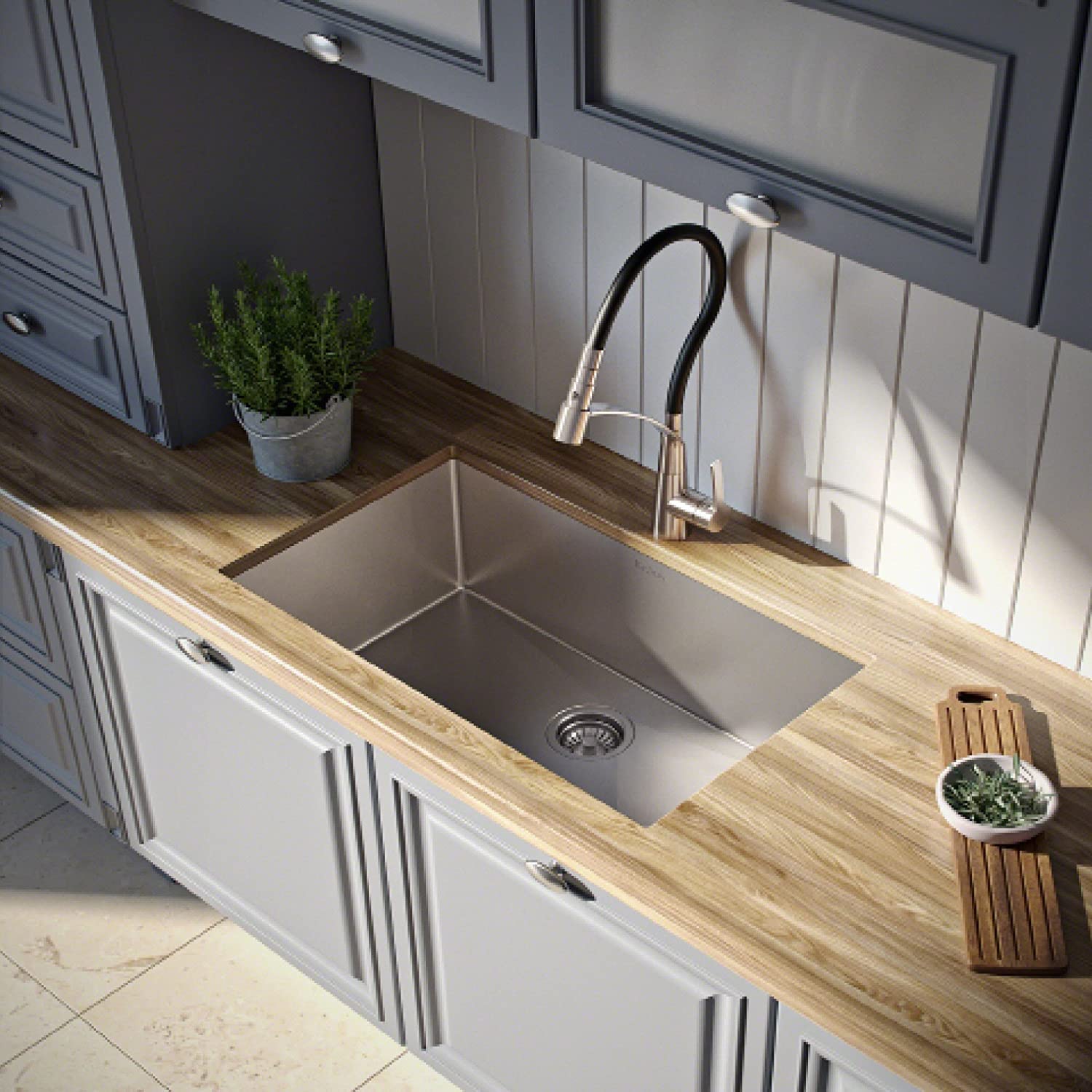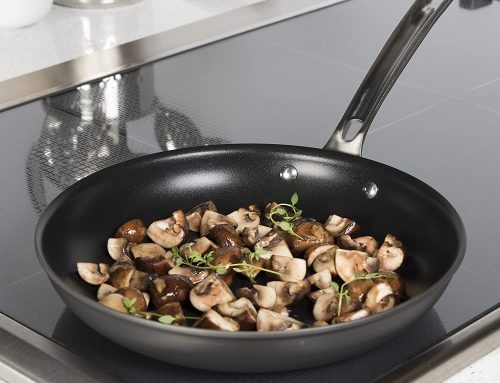A new stainless steel sink always looks perfect. Do you know how to take care of it so that it lasts as long as possible? Or how to clean a sink that has been in use for many years? In this article, we will tell you.
Stainless steel sinks are still the most common type in Spanish kitchens. No wonder, they are incredibly resistant to external factors and at the same time have a very modern look. However, even a material as durable as stainless steel requires proper treatment. A stainless steel sink has a lot of great features. One of the benefits is the shiny look, but even that can’t last long with regular use. Dirt, fingerprints, and, above all, limescale can accumulate on the surface. With proper treatment, it can look good even after years of use. So how do you clean stainless steel sinks?
The steel sink has two characteristics that make it appealing and they are the ease with which it is cleaned and the shine it has. To clean it effectively and prevent bacteria from growing, you can use neutral soap with water and vinegar. The only additional recommendation that you should follow is that it is better to use a soft sponge to apply the products. This will prevent scratching the material, as can happen with certain types of brushes.

Forget rough brushes
To clean the stainless steel surface, you definitely can’t use anything that can scratch it. Scratches will appear in one or two steps and it will be very difficult to achieve the original shine. Neither rough sponges nor wire mesh should be used to clean dried-on dirt and stains. The best option is a soft sponge or cloth, ideally microfiber.

Use special cleaning agents
Any abrasive cleaner is also not suitable, so forget about liquid sands, polishing pastes, etc. Stainless steel will lose its original shine and color if disinfectants and chlorine bleach are used, so avoid those as well. Ordinary dish detergent doesn’t do a good job either; after use, the surface is free of dirt but also full of stains. Therefore, we recommend buying special products designed specifically for stainless steel. The advantage of these is that they leave a layer on the surface of the sink that will protect it from dry drips in the future. We also have helpful tips for those who prefer more natural ways of cleaning.
Home remedies for easy and effective cleaning
Most of the time it is enough to rinse the sink with water and then polish it with a dry cloth. But how do remove the most persistent dirt? Turn to one of the most useful cleaning aids: vinegar. Vinegar decreases and leaves the surface shiny, making it the ideal candidate for everything. Use a spray bottle to apply it to the surface of the sink and let it work for a while. Then rinse well and dry with a soft cloth.
The second, equally effective helper is baking soda. Moisten the sink, sprinkle with baking soda, and rub with a cloth. After a few minutes, rinse well and wipe it off with a dry cloth. If the sink is very dirty, combine the vinegar and baking soda and pour a reasonable amount of baking soda into the sink, and spread it out carefully with a damp sponge. Don’t forget hard-to-reach areas around the drain and faucet. Using a spray bottle, add the vinegar and let it sit for at least ten minutes. The baking soda will start to foam when it comes into contact with the vinegar. It will then dissolve and remove all the dirt. Finally, rinse the sink well with water, wipe it clean, and polish it with a dry cloth. It will shine like new.

How to clean stainless steel sink with lemon?
We must not forget the lemon and its great capabilities. He sprinkles the cloth with lemon juice and begins to polish it. You can cut the lemon and clean the sink directly with it. In both cases, be sure to thoroughly rinse off this natural acid and then polish the sink with a soft, dry cloth. Natural methods never fail.
OUR TIP: Have you ever tried peeling potatoes in a stainless steel sink? It is proven that the skin with potato starch removes surface dirt. Then rinse and polish the sink the classic way. It is a very simple and effective procedure.
Whether you use store-bought stainless steel sink cleaners or make your own, never forget about regular maintenance. Every time the sink gets dirty, you have to clean it. This will keep your sink looking new for a long time.









Leave A Comment